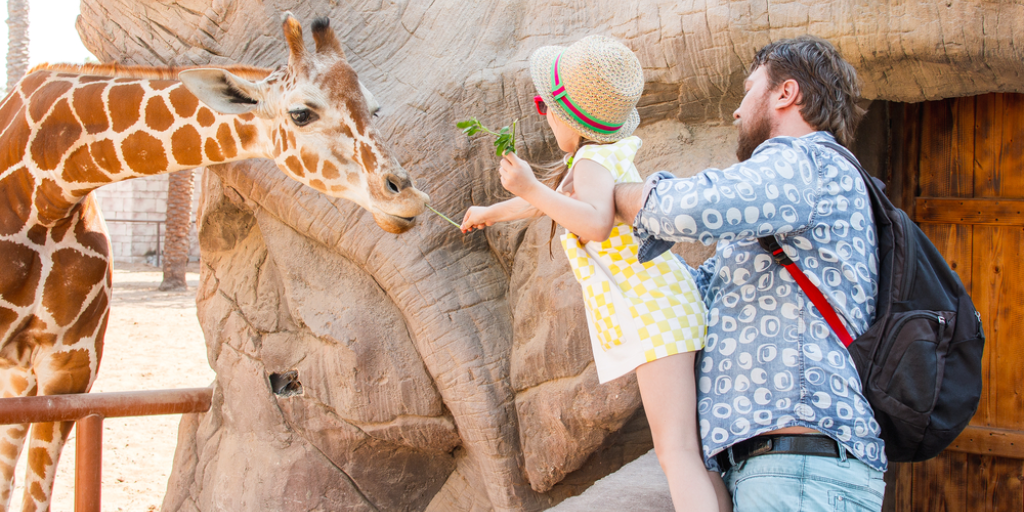Up close
Today I’m going to show you how to use the expression “up close.” This is a good one. It’s not as easy as it sounds.
Here’s the basic definition. If you get “up close” or if you see something “up close,” you get very close to it, you’re physically near it, and you can look at it closely. It’s often about examining something, looking at it closely, because you are so close. And I don’t mean zooming in on a screen: you have to see something in person to get up close.
But the tricky part is, you typically use this expression in situations where you, for whatever reason, are not typically close to something.
In Lesson 497, I told you about a challenge. This was part of an art class at Harvard. The challenge was to go to museum and look at painting for three hours . Just that. No phone, no distractions, nothing. Just look at a painting for three hours.
And I did that—not for the full three hours, but for one hour. And I told you about it. I chose a painting at an art museum in Kansas City. And I saw it up close and I was able to really examine it. “I saw it up close” means, I stood close to it. But it also means I saw it in person. This doesn’t really work by looking at something on a screen. You have to see it up close. You have to get close to the real thing.
“Up close” works here for a few reasons. First, I stood close to the painting. Not for the whole time. But I was able to stand very close to it and look at it in detail. And second, remember I said this is used when you don’t typically get close to something. So this is in a museum, so of course it’s not an everyday occurrence for me to examine this or any painting in detail.
Nature. If you go to a zoo, you’ll be able to see a lot of animals up close. You can go right to the edge of the cage or the barrier and see them, just a few meters away or less. You can see the animals up close. Again, you’re physically close to them, you can look at them carefully, and it’s unusual—you’re not usually close to these animals.
That brings us to Iceland . In volcanic eruptions in 2021 and 2022, lava came to the surface in a remote area. And lava moves slowly. So tourists and residents—and a lot of scientists—they went to this area to observe the lava, to look at it. And many people, for the first time in their lives, saw lava up close.
I have only ever seen lava in pictures. Even people who live near volcanoes don’t often get close to it. But in this area, you could. You could get up close. They could get up close because lava, unless it’s being forced out of a vent, lava doesn’t move very fast. It’s like a slow-motion river. If it started moving your way, you could stay ahead of it by moving at a brisk walk. And for that reason, it was safe—at least these people decided—it was safe to look at it up close, to get in close proximity and examine it.
Here are a few quick examples. JR went to a musical the other day. He sat up close. That means he sat close to the stage, where he could closely observe what was going on. If you go to Sphere in Las Vegas , you can sit up close or you can get seats farther back. If you sit up close, you’ll probably hear those thousand-plus speakers nice and loud!
See you next time!
And that brings us to the end of today’s Plain English. Now it’s possible that by the time you hear this audio, something else has happened in Iceland. So if that’s the case, we’ll provide an update to you in a few days. But I hope this lesson was informative—the world really is a fascinating place. I enjoyed learning about this topic with you.
JR is the producer of Plain English. He’s the one who keeps us all on track, makes sure we all hit our deadlines. And he has uploaded the full lesson to PlainEnglish.com/633, so check that out. And we’ll be back on Monday with a new topic. See you then.
Use realistic expressions like a native speaker



